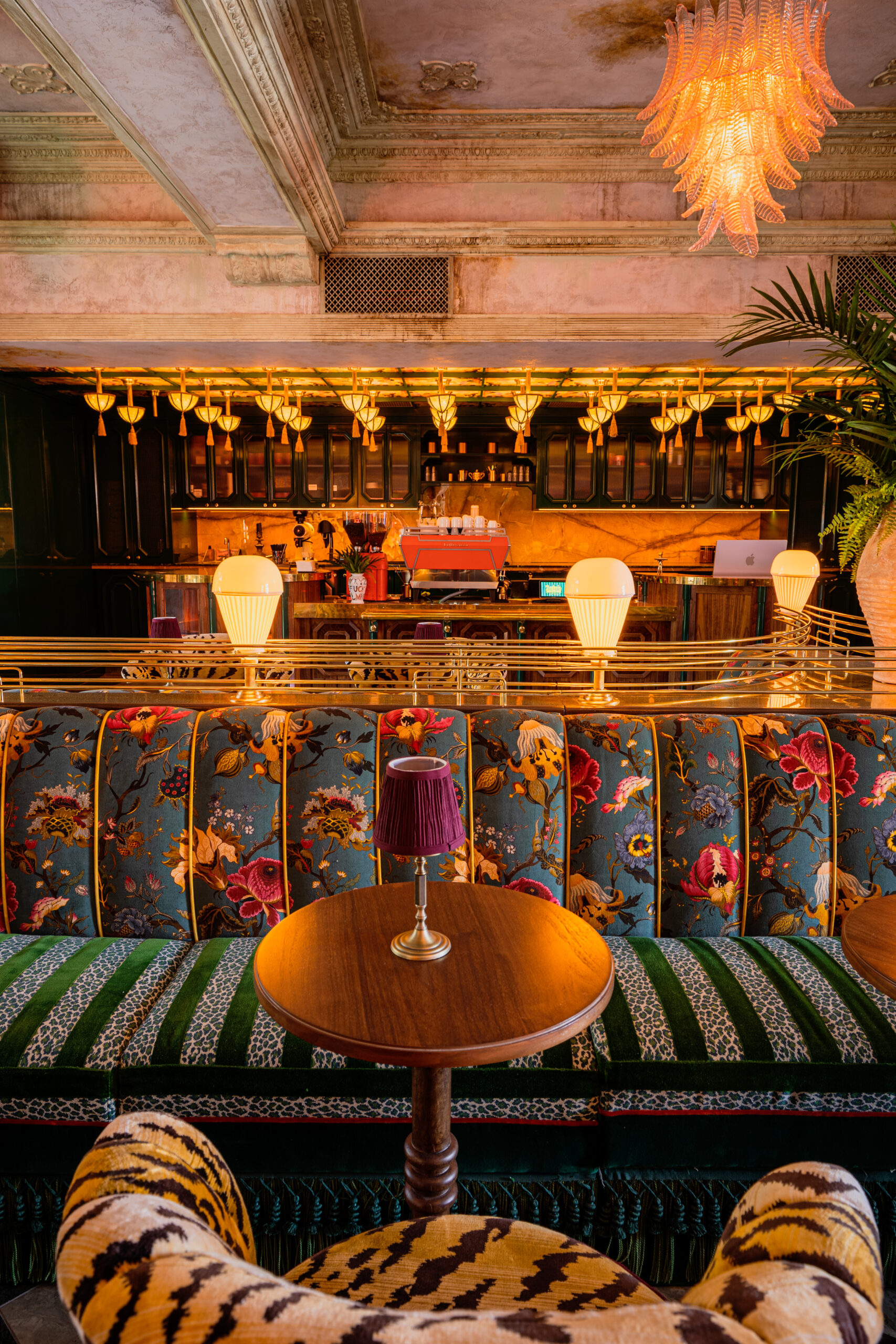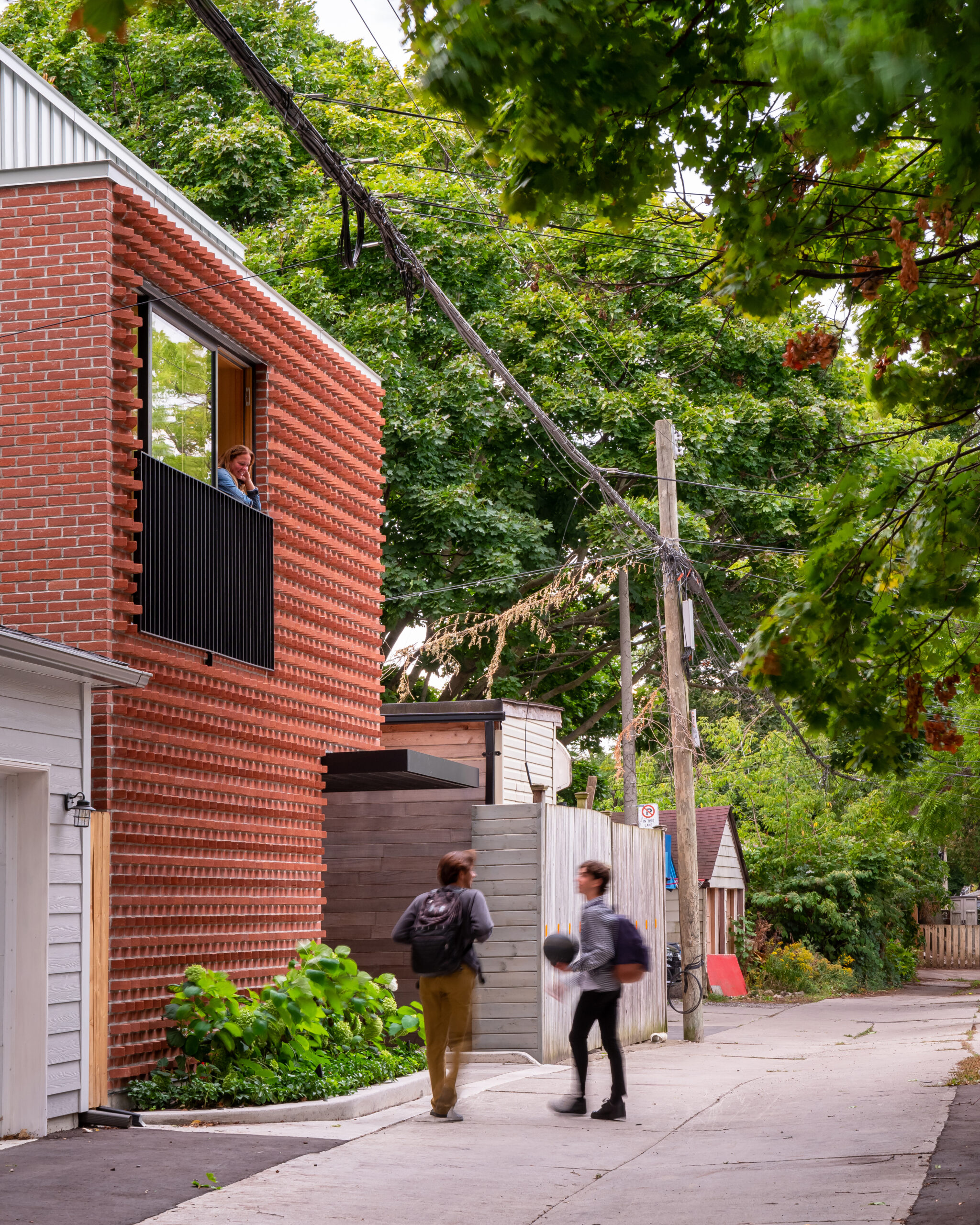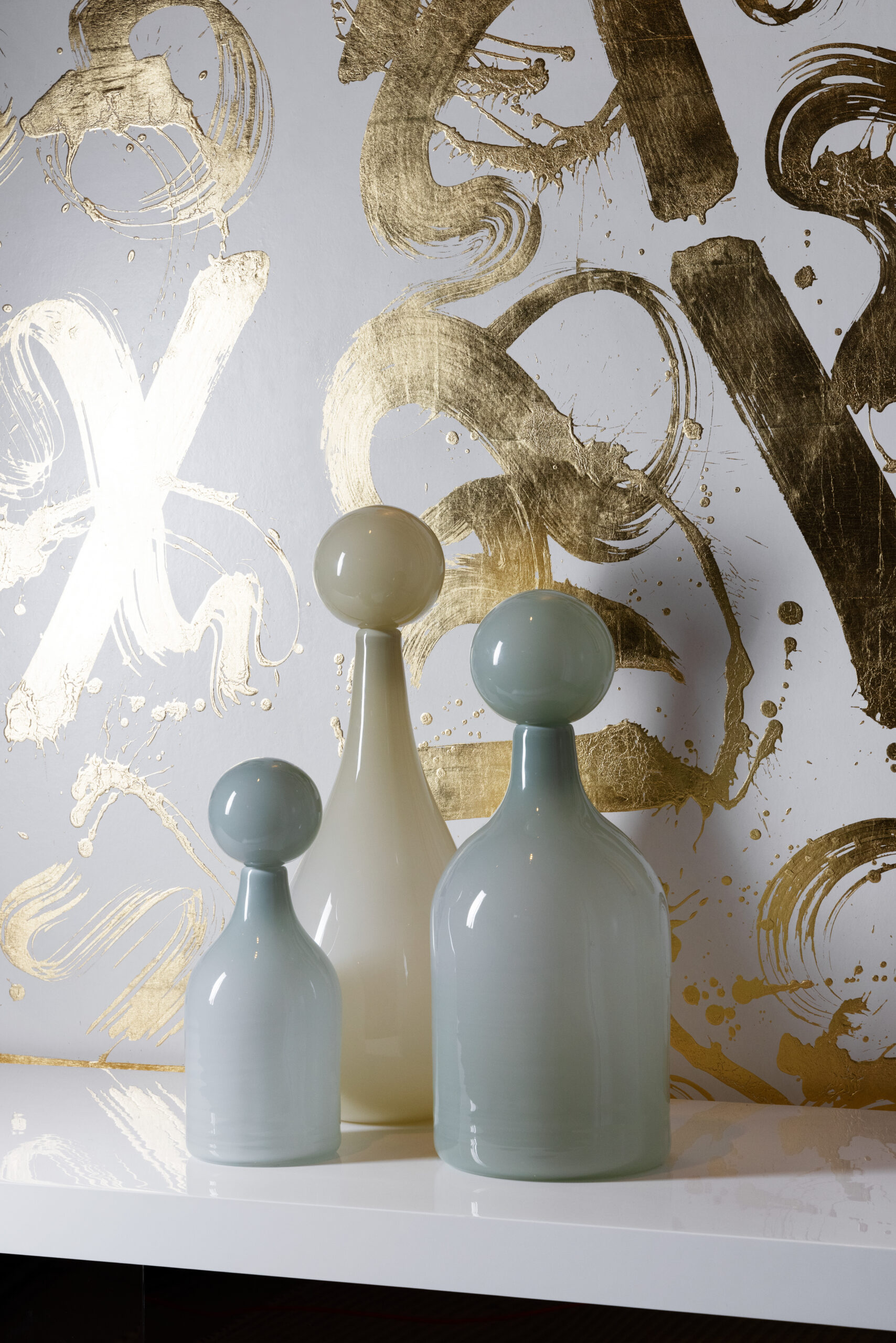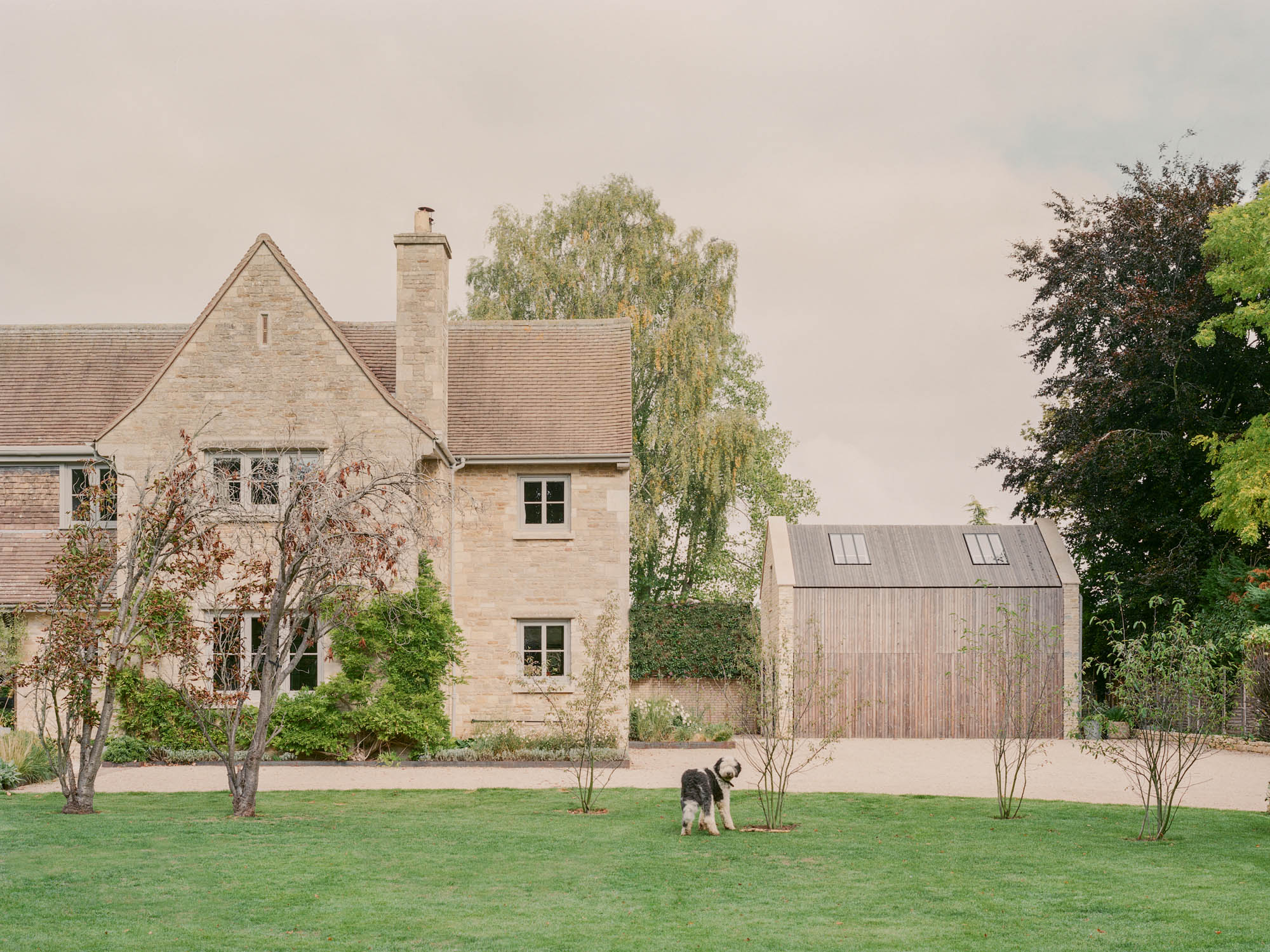-
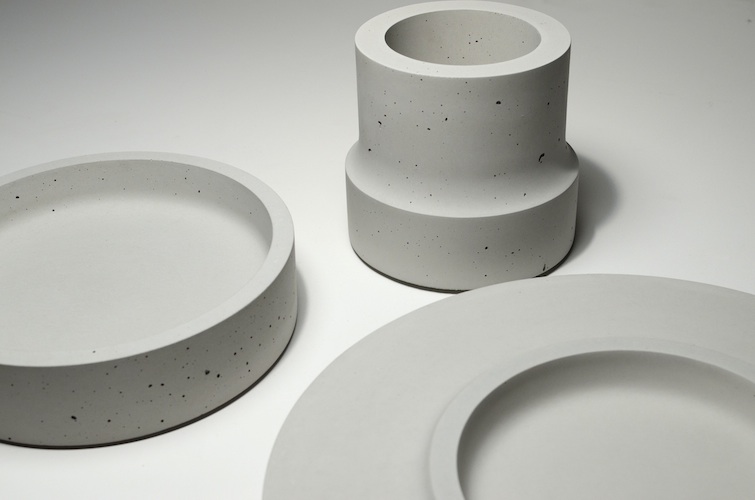
Concrete Vessels by Steven Pollock for Woodstone Designs.
-
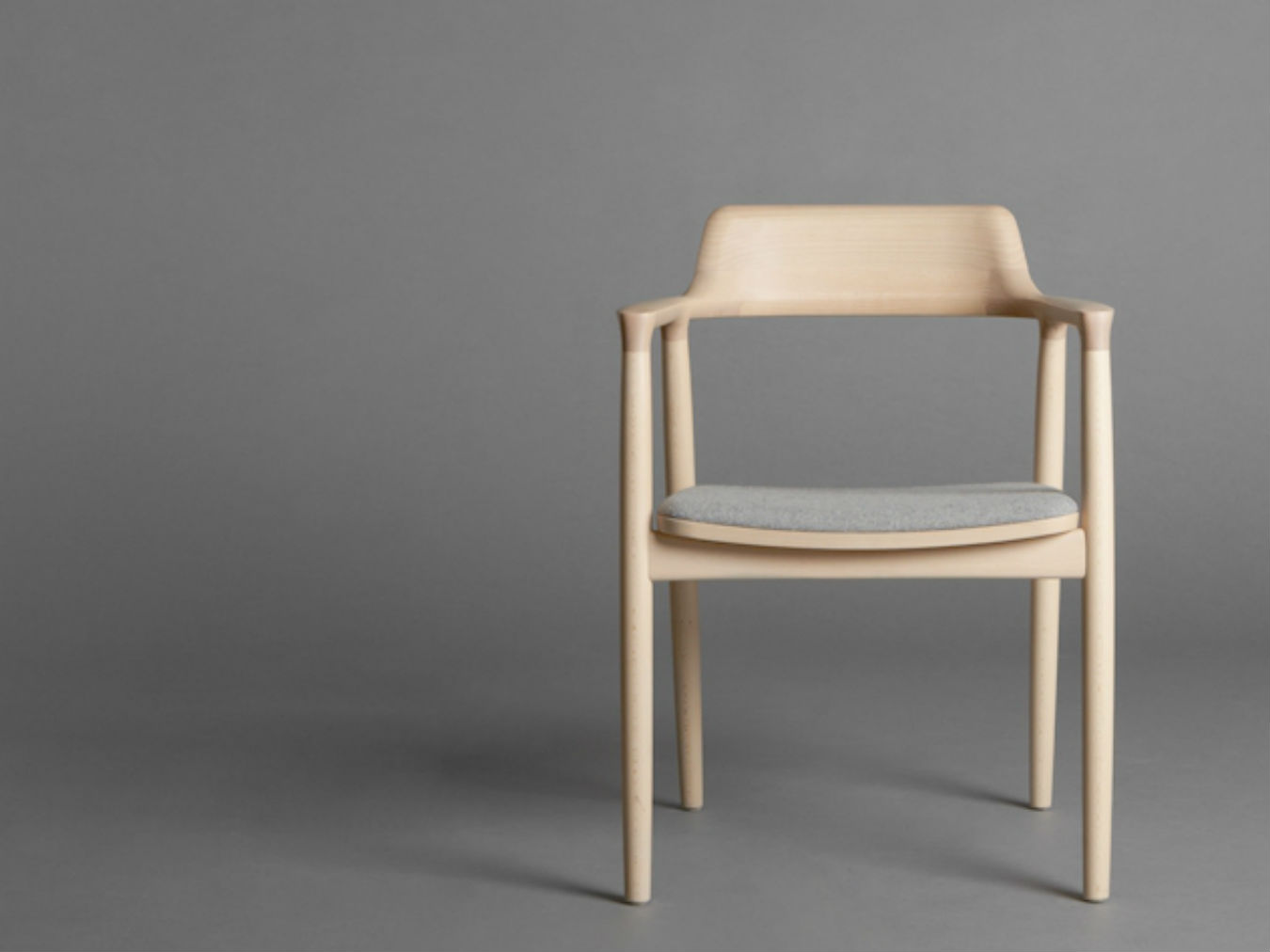
Hiroshima chair by Naoto Fukasawa.
-
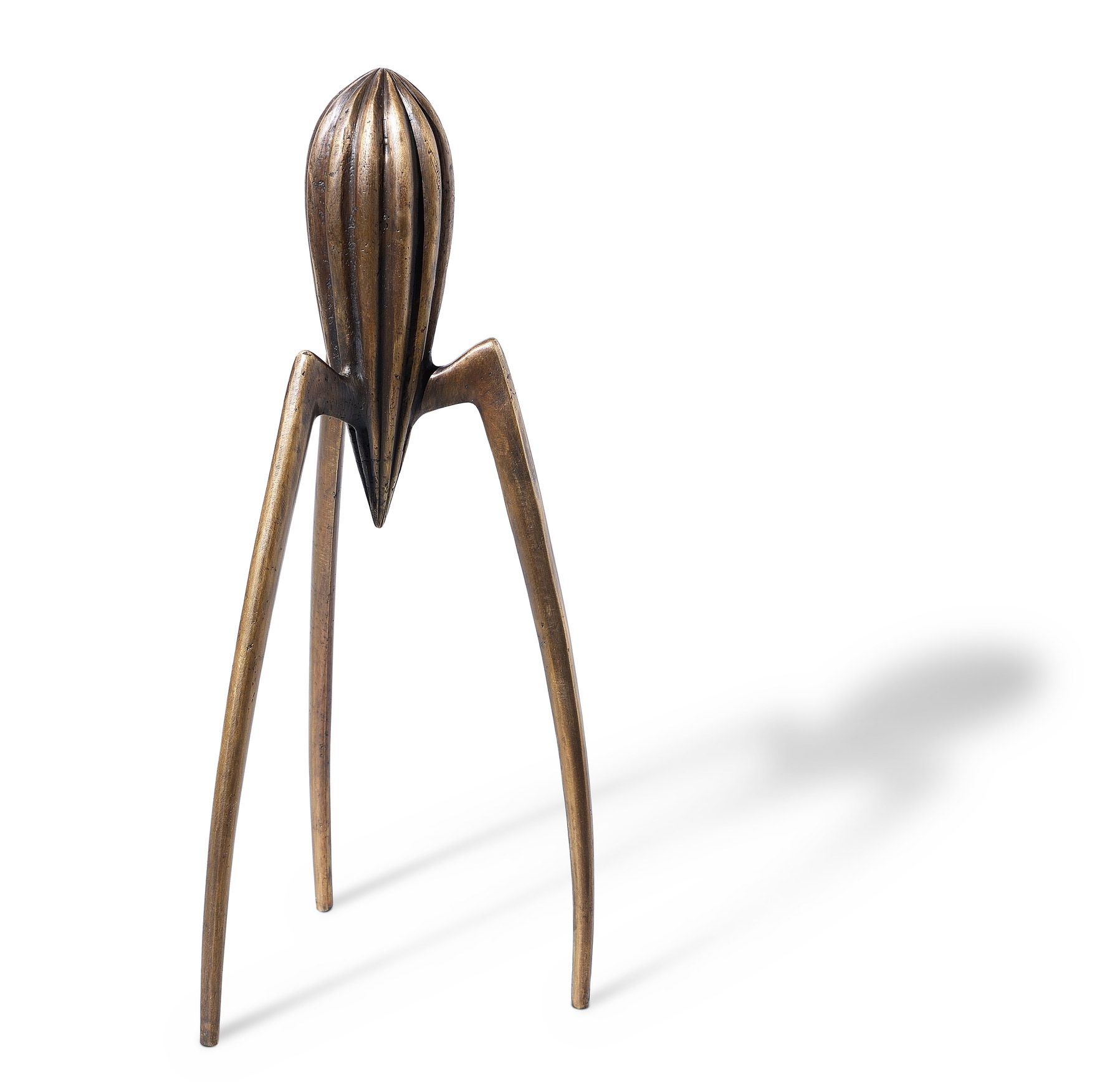
Juicy Salif by Philippe Starck for Alessi in cast bronze.
-
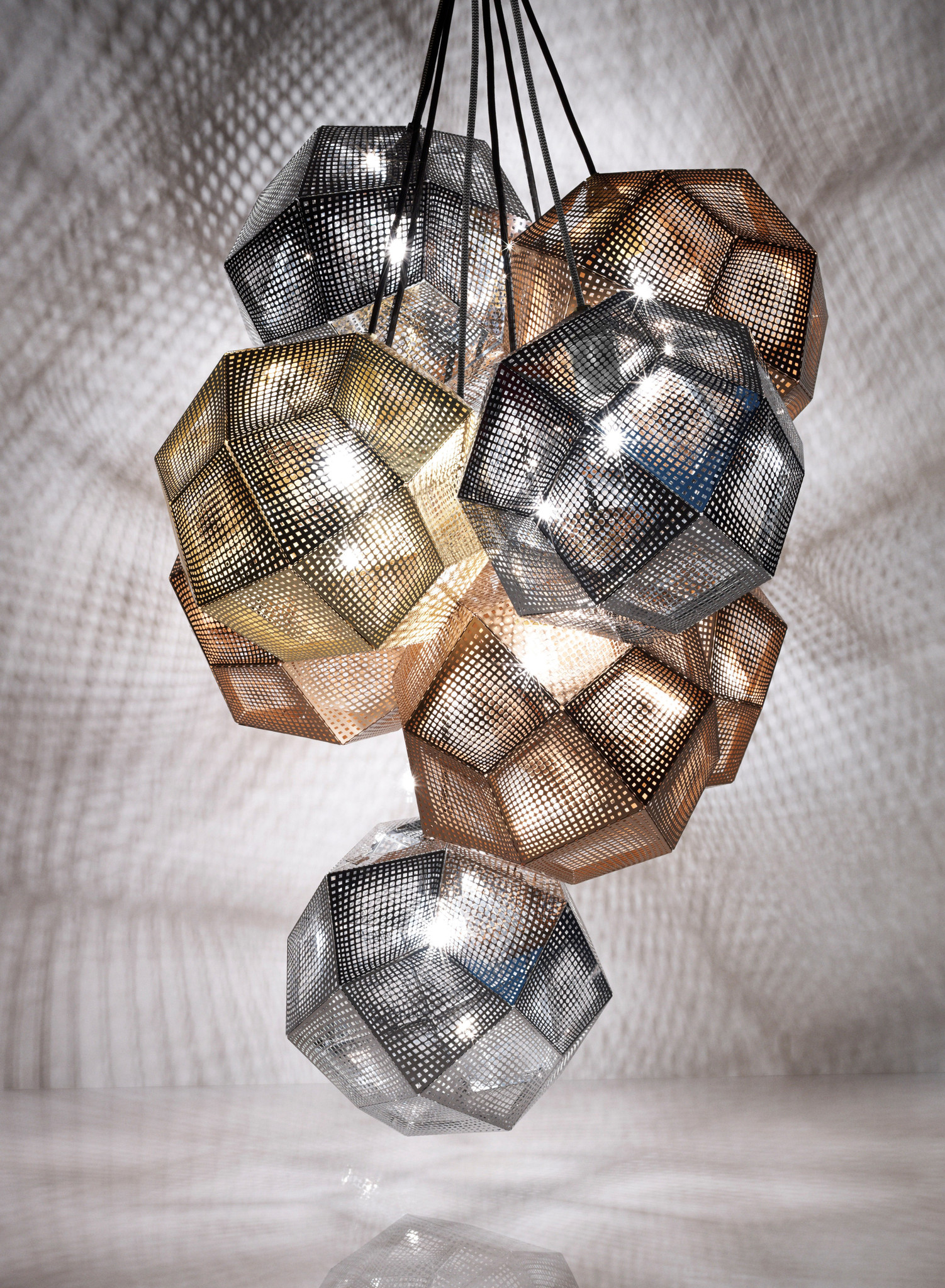
Etch Shade Pendant by Tom Dixon.
Elements of Design: Earth
Stone, wood, and metal.
Ancient philosophies and principles are the root of many contemporary practices. From Japanese design comes Wabi-Sabi—the concept of unpretentiousness, the integration of nature, and the acceptance of elegant imperfections—and the five elements: earth, air, fire, water, and void (or pure energy; spirit). As spring is design season, a time of renewal and a cue to refresh our own spaces, we feature collections of classic pieces for the home, inspired by the elements.
Earth
Western decorative tradition calls for centrepiece arrangements—containers to house every varietal of floral arrangement or fruit display. The joy, and Wabi-Sabi nature, however, of Steven Pollock for Woodstone Designs’ Concrete Vessels is that they require no filler. Instead, the concrete tabletop pieces, made in Vancouver, showcase a depth and serenity often unapplied to this traditionally industrial material. Minimalists take note, stone is a staple.
The pliability of wood makes it a warm comfort in the home. The gentle curve of Naoto Fukasawa’s Hiroshima chair cradles the arms while the roomy seat allows for multi-use as a lounge piece as well as a dining room chair. Available in beech and oak, Fukasawa’s seemingly soft treatment highlights the woodgrain in an entirely new way, and looks extra sharp placed next to lush, green plants.
On its 25th anniversary, Alessi payed tribute to one of its best known products of the first quarter century: Juicy Salif by French designer Philippe Starck. In fact, the company titled its recent spring catalogue “Twenty-five years without squeezing lemons”, and offers the iconic juicer in a new precious metal: cast bronze. Mention of metals must also include a tip of the hat to factory boy Tom Dixon. The British designer’s Etch Shade Pendant is composed of 0.4–millimetre digitally-etched sheets of brass, copper, and steel, or black, each creating a parade of shadows and light.
See more from the Elements of Design series.





